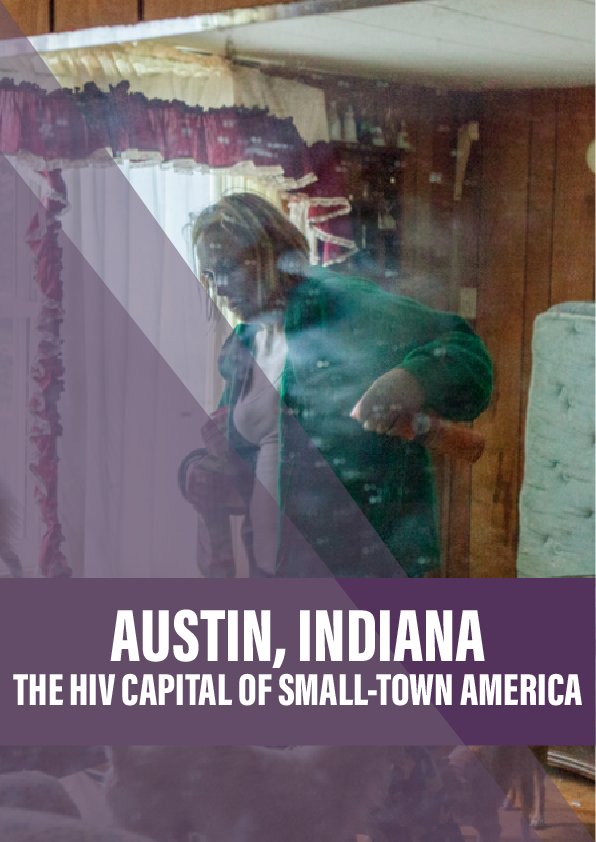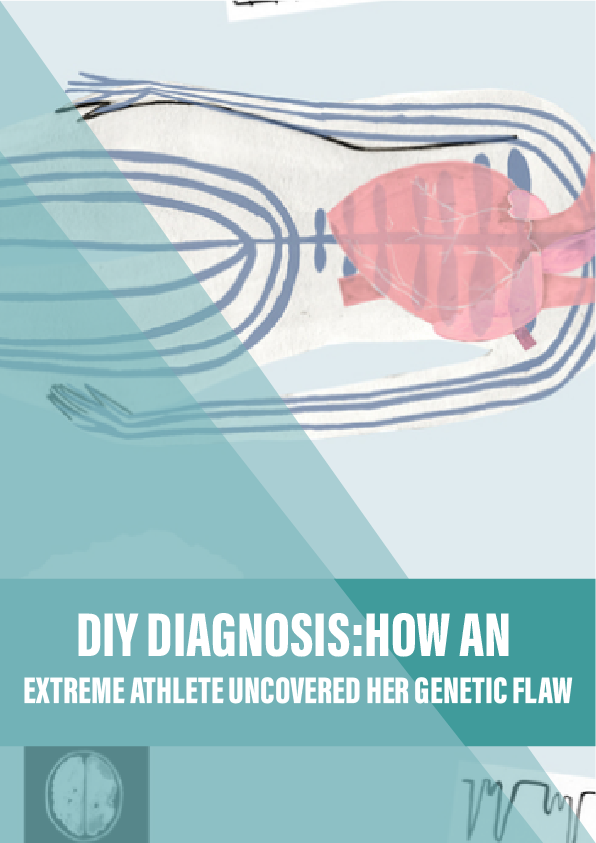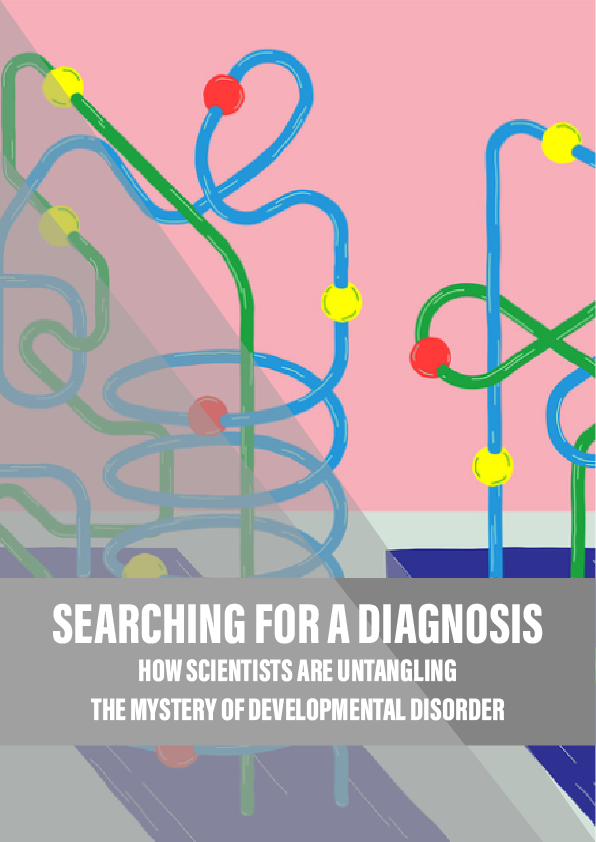In Austin, Indiana, widespread drug use led to the single largest outbreak of HIV in the United States. Jessica Wapner asks if a new approach to public health can rescue the town.
Jessica and Darren McIntosh were too busy to see me when I arrived at their house one Sunday morning. When I returned later, I learned what they’d been busy with: arguing with a family member, also an addict, about a single pill of prescription painkiller she’d lost, and injecting meth to get by in its absence. Jessica, 30, and Darren, 24, were children when they started using drugs. Darren smoked his first joint when he was 12 and quickly moved on to snorting pills. “By the time I was 13, I was a full-blown pill addict, and I have been ever since,” he said. By age 14, he’d quit school. When I asked where his care givers were when he started using drugs, he laughed. “They’re the ones that was giving them to me,” he alleged. “They’re pill addicts, too.”
Darren was 13 when he started taking pills, which he claims were given to him by an adult relative. “He used to feed them to me,” Darren said. On fishing trips, they’d get high together. Jessica and Darren have never known a life of family dinners, board games and summer vacations. “This right here is normal to us,” Darren told me. He sat in a burgundy recliner, scratching at his arms and pulling the leg rest up and down. Their house was in better shape than many others I’d seen, but nothing in it was theirs. Their bedrooms were bare. The kind of multigenerational drug use he was describing was not uncommon in their town, Austin, in southern Indiana. It’s a tiny place, covering just two and a half square miles of the sliver of land that comprises Scott County. An incredible proportion of its 4,100 population – up to an estimated 500 people – are shooting up. It was here, starting in December 2014, that the single largest HIV outbreak in US history took place. Austin went from having no more than three cases per year to 180 in 2015, a prevalence rate close to that seen in sub-Saharan Africa.
Reference:
- The first report by the Centers for Disease Control and Prevention (CDC) on the HIV outbreak in Austin, Indiana. The report provides a glimpse of the magnitude of the needle sharing taking place at the time of the outbreak.
- Although most of the CDC Syndemics Prevention Network website has been removed, its resources page contains several items, including lengthy slide sets, that describe the concept of syndemics, examples of disease clusters and other related aspects.
- In this study, Singer introduces the concept of a ‘syndemic’. The prefix is derived from the Greek for ‘working together’ and is added to ‘-demic’, a suffix common to public health terminology (epidemic, pandemic, etc) meaning ‘relating to people’. He describes the SAVA syndemic he found among drug users living with AIDS in Hartford, Connecticut, in the 1990s.
- In her book, Syndemic Suffering, Emily Mendenhall writes about the syndemic of social distress (including poverty and violence), depression and diabetes among Mexican immigrant women living in Chicago.











